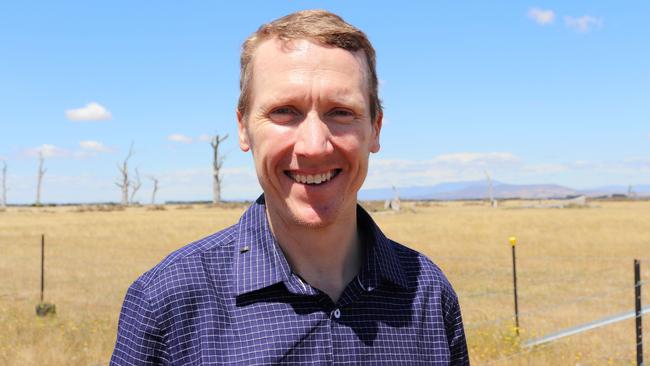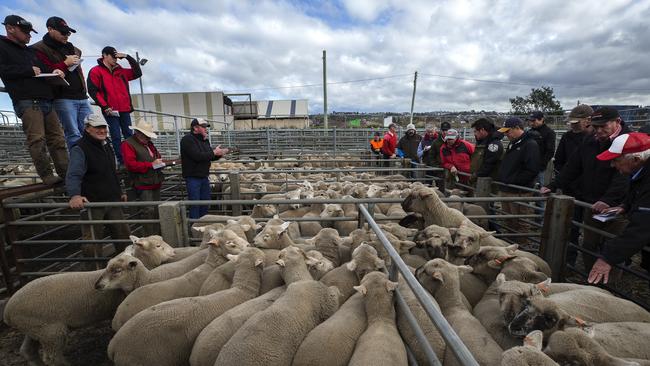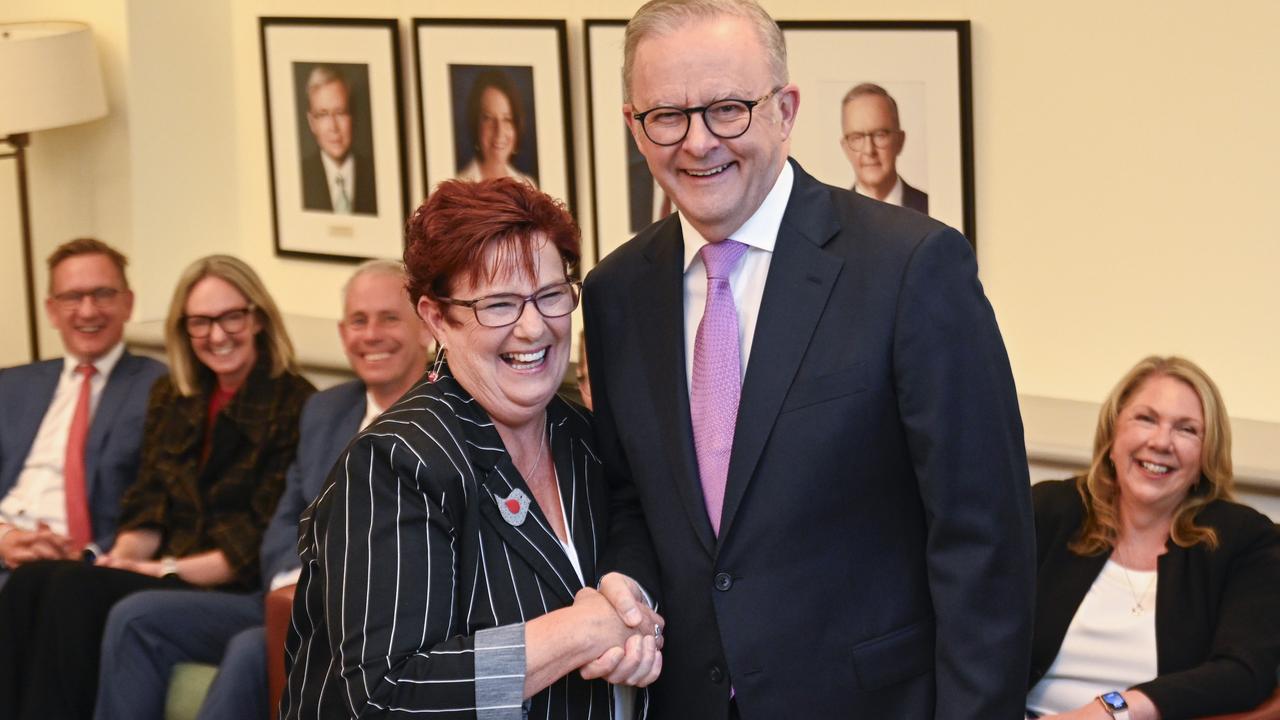TIA study tackles simple question: How can livestock farmers achieve net-zero and at what cost
A Tasmanian farmer asking a simple question sparked a five year journey for answers into how the Australian livestock sector can achieve net-zero emissions.

Tasmania
Don't miss out on the headlines from Tasmania. Followed categories will be added to My News.
There is no silver bullet for farmers to effectively tackle climate change, a Tasmanian study has found while uncovering the real cost of Australia’s livestock sector achieving net-zero emissions.
The Tasmanian Institute of Agriculture study sprouted from a simple question posed by a Tasmanian farmer: What would it really take and cost for a livestock farm to reach net-zero?
Professor Matthew Harrison, who is an agricultural systems modeller at the UTAS institute, lead the published five-year study quantifying the cost that livestock producers were likely to incur as they strive to achieve net-zero emissions in a changing climate.
He said decoupling the link between agricultural productivity and greenhouse gas emissions was one of the greatest challenges of our time.
“Land managers face the challenge of needing to be productive and profitable, curb greenhouse gas emissions, protect our biodiversity and ensure community acceptance to operate,” Prof Harrison said.

The study collaborated with a group of Tasmanian farmers exploring a wide range of strategies to tackle the issue.
It found the key to cutting emissions was combining multiple mitigation strategies.
“You don’t get major reductions in on-farm emissions from a single practice change. But stacking interventions offers the most cost-effective route to net-zero emissions,” he said.
The study found the top three strategies farmers can combine were: improving animal breeding, feeding livestock in ways to produce lower greenhouse gases and carbon storing through soil and trees.
While the greatest profit came from revenue diversification such as wind turbines, Prof Harrison said.
“Serendipitously, the intervention with the lowest community acceptance – continuing the status quo and purchasing carbon credits to offset emissions – was also the most costly pathway to transition to net-zero.”
He said achieving absolute net-zero emissions would be difficult for the livestock industry, instead incremental improvements each year was a better goal.
“Farmers should be judging their emissions relative to their own farm’s emissions in prior years. They should not be comparing the greenhouse gas emissions of their farm with that of other producers,” he said.
Funding from the study was provided by Meat and Livestock Australia, Australian Wool Innovation and TIA.
Originally published as TIA study tackles simple question: How can livestock farmers achieve net-zero and at what cost


